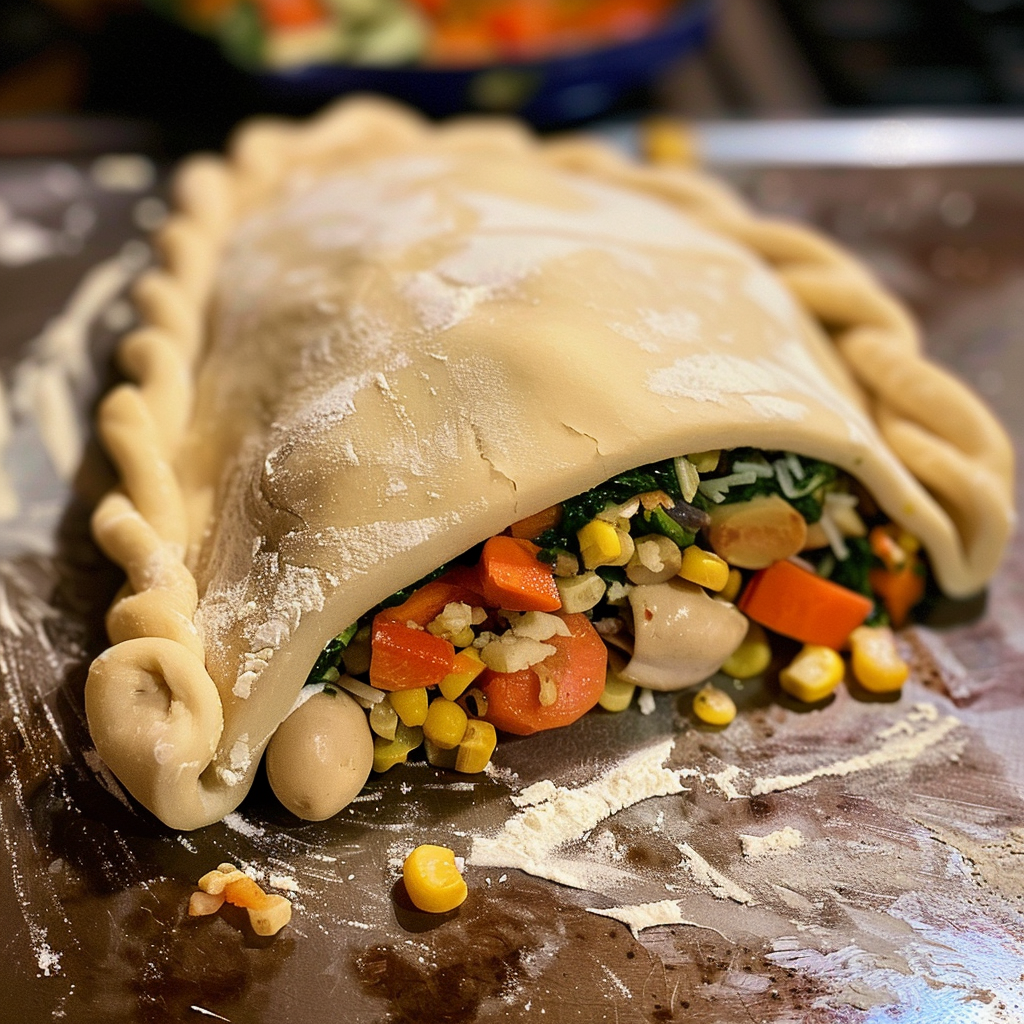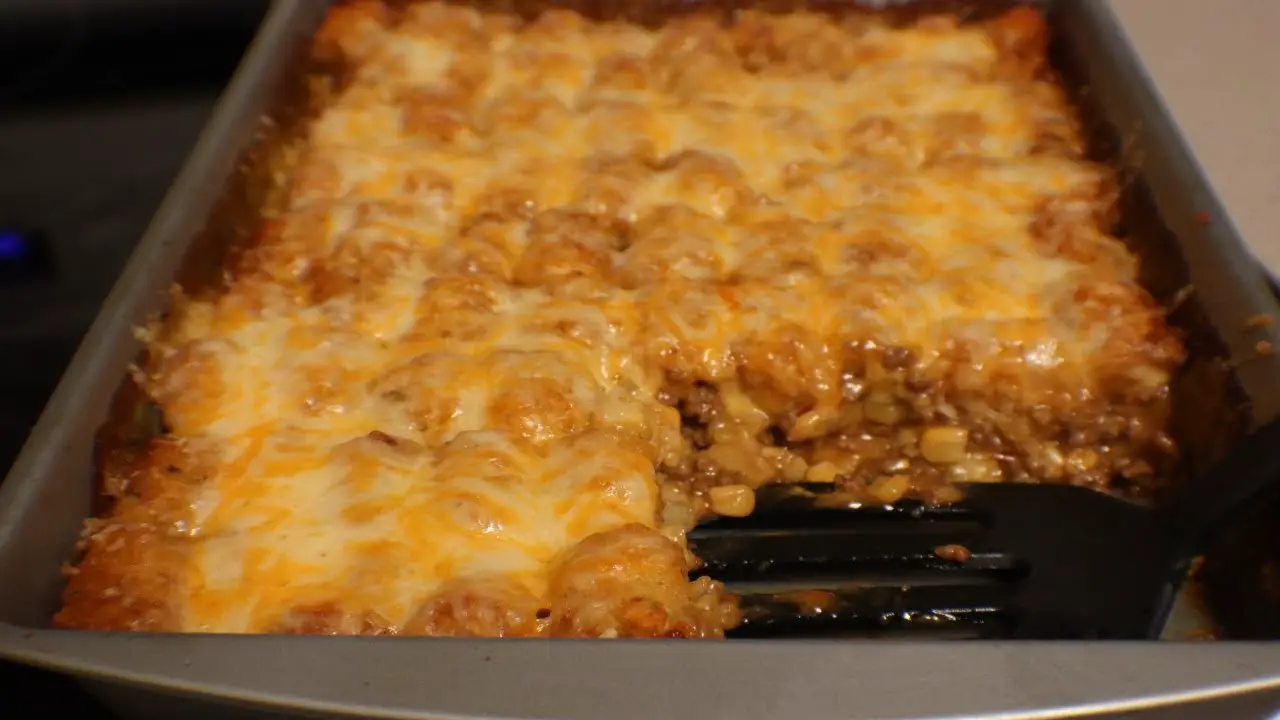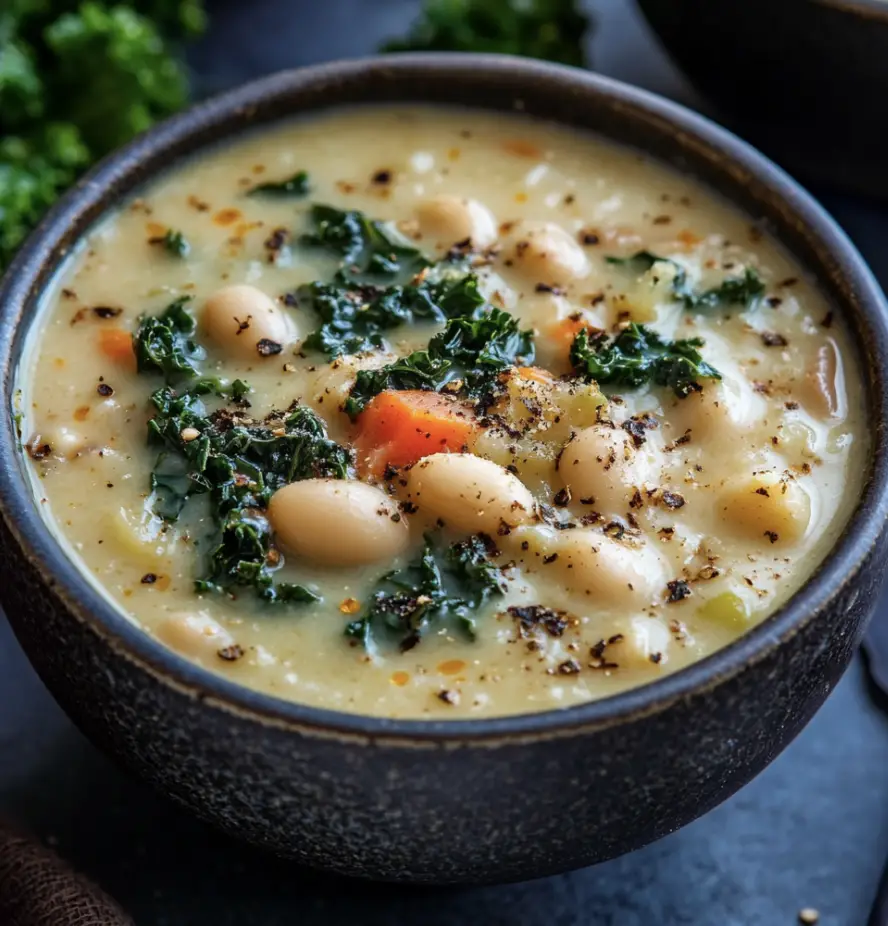Making homemade veggie-filled dough is a rewarding experience that combines the joy of baking with the benefits of a healthy, nutritious meal. This versatile recipe can be tailored to suit various tastes and dietary preferences, making it a perfect choice for family dinners, potlucks, or even meal prepping for the week. The process of creating this delicious dough from scratch not only ensures that you know exactly what ingredients are being used, but it also allows you to get creative with the types of vegetables and flavors you include. Whether you’re a seasoned baker or a novice in the kitchen, this guide will provide you with all the information you need to make a perfect veggie-filled dough every time.
Ingredients
To start, gather the following ingredients:
- 2 ½ cups of all-purpose flour
- 1 teaspoon of salt
- 1 tablespoon of sugar
- 1 packet of active dry yeast (about 2 ¼ teaspoons)
- 1 cup of warm water (110°F or 45°C)
- 2 tablespoons of olive oil
- 1 cup of mixed vegetables, finely chopped (such as bell peppers, onions, spinach, mushrooms, and zucchini)
- 1 teaspoon of garlic powder
- 1 teaspoon of onion powder
- 1 teaspoon of dried oregano
- 1 teaspoon of dried basil
- ½ teaspoon of black pepper
- Optional: ½ cup of grated cheese (such as mozzarella or cheddar)
Steps
- Prepare the Yeast Mixture: Begin by combining the warm water, sugar, and active dry yeast in a small bowl. Stir gently and let it sit for about 5-10 minutes, or until the mixture becomes frothy. This indicates that the yeast is active and ready to use.
- Mix Dry Ingredients: In a large mixing bowl, combine the all-purpose flour, salt, garlic powder, onion powder, dried oregano, dried basil, and black pepper. Mix well to ensure that the spices are evenly distributed throughout the flour.
- Combine Wet and Dry Ingredients: Make a well in the center of the flour mixture and pour in the yeast mixture and olive oil. Using a wooden spoon or a dough hook attachment on a stand mixer, stir the ingredients until a rough dough forms.
- Knead the Dough: Transfer the dough onto a lightly floured surface and knead it for about 8-10 minutes, or until it becomes smooth and elastic. If using a stand mixer, knead on medium speed for about 5-7 minutes.
- Incorporate the Vegetables: Gently fold in the finely chopped vegetables and, if desired, the grated cheese into the dough. Knead the dough for an additional 2-3 minutes to ensure the vegetables are evenly distributed.
- First Rise: Place the dough in a lightly oiled bowl, cover it with a clean kitchen towel or plastic wrap, and let it rise in a warm, draft-free area for about 1-1.5 hours, or until it has doubled in size.
- Shape the Dough: After the dough has risen, punch it down to release any air bubbles. Transfer it to a floured surface and shape it into your desired form. This dough can be used to make bread loaves, rolls, or even pizza crusts.
- Second Rise: Place the shaped dough on a baking sheet or in a loaf pan, cover it, and let it rise for an additional 30-45 minutes.
- Bake: Preheat your oven to 375°F (190°C). Once preheated, bake the dough for 25-30 minutes, or until the top is golden brown and the bread sounds hollow when tapped on the bottom. If making rolls, bake for 15-20 minutes.
- Cool and Serve: Allow the bread to cool on a wire rack before slicing and serving. Enjoy your homemade veggie-filled dough warm or at room temperature.
Variations
One of the best aspects of this homemade veggie-filled dough is its versatility. You can customize it to fit your tastes and dietary needs. Here are a few variations you might consider:
- Gluten-Free: Substitute the all-purpose flour with a gluten-free flour blend. Ensure that your yeast and other ingredients are also gluten-free.
- Vegan: Omit the cheese or use a plant-based cheese alternative to keep this recipe vegan-friendly.
- Spicy: Add a pinch of red pepper flakes or finely chopped jalapeños to the dough for a spicy kick.
- Herbed: Increase the amount of dried herbs, or use fresh herbs like rosemary, thyme, or parsley for a more aromatic dough.
Tips
Here are some helpful tips to ensure your homemade veggie-filled dough turns out perfectly every time:
- Proper Yeast Activation: Ensure your water is at the correct temperature (110°F or 45°C) to activate the yeast without killing it. If the water is too hot, it can kill the yeast and prevent the dough from rising.
- Kneading Technique: Knead the dough until it is smooth and elastic. This helps develop the gluten, giving the bread its structure and chewiness.
- Rising Environment: Let the dough rise in a warm, draft-free area. If your kitchen is cold, you can let the dough rise in an oven with just the light turned on.
- Incorporating Vegetables: Finely chop the vegetables to ensure they are evenly distributed throughout the dough. Sautéing the vegetables briefly before adding them to the dough can also enhance their flavor.
Conclusion
Creating homemade veggie-filled dough is not only a fun and rewarding process but also a delicious way to incorporate more vegetables into your diet. With its versatility and the ability to customize it to your preferences, this dough is sure to become a staple in your kitchen. Whether you enjoy it as bread, rolls, or pizza crust, the possibilities are endless. By following the detailed steps and tips provided, you’ll be well on your way to mastering this delightful recipe. So, roll up your sleeves, gather your ingredients, and get ready to bake some mouthwatering veggie-filled dough.
Frequently Asked Questions (FAQs)
Q: Can I freeze the dough?
A: Yes, you can freeze the dough. After the first rise, punch it down and shape it into a ball. Wrap it tightly in plastic wrap and place it in a freezer bag. When ready to use, thaw the dough in the refrigerator overnight, then let it come to room temperature and rise again before baking.
Q: What other vegetables can I use?
A: You can use a variety of vegetables such as broccoli, carrots, corn, peas, or even sweet potatoes. Just make sure to chop them finely and consider sautéing them briefly before adding to the dough.
Q: How can I tell if the dough is kneaded enough?
A: The dough should be smooth and elastic. You can test it by poking it with your finger; if the indentation springs back, the dough is ready.
Q: Can I use whole wheat flour instead of all-purpose flour?
A: Yes, you can substitute whole wheat flour for all-purpose flour, but the texture of the bread will be denser. You may also need to adjust the amount of water to achieve the right dough consistency.
Q: How long does the bread stay fresh?
A: Homemade bread is best enjoyed within 2-3 days. Store it in an airtight container at room temperature. You can also freeze the bread for longer storage.







